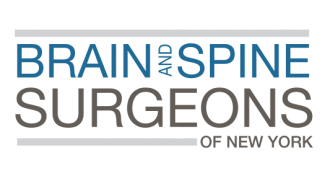
Cluster Headaches
Cluster headaches are often characterized as some of the most intense and painful headaches a person can experience. They get their name for the cyclical nature of their onset, often coming in weekly or monthly bouts before going into remission for a time. While these headaches are not life-threatening, they are debilitating, causing patients weeks of agony and lessening the quality of life.
Once a period begins, the individual episodes of the headaches can differ in severity and length. Some people experience more attacks at night; others might have several headaches per day in intervals. These attacks can last from fifteen minutes to several hours.
Unlike migraines, persons suffering from cluster headaches often cannot identify the triggers for the cluster period, but once they start to experience headaches, traditional triggers like alcohol or medication can cause an episode. However, there are identified risk factors for cluster headaches.
- Men are at higher risk
- The symptoms often arise between the ages of 20 – 50
- Smoking can increase the risk
- Alcohol use is associated with cluster headaches
- Family history
Symptoms
How can you tell the difference between cluster headaches and a regular headache or a migraine? The following are the most common symptoms:
- Quick onset of pain
- Extreme pain, generally situated toward the front of the head or behind the eye (The pain may travel to the face, neck, or other parts of the head)
- Pain on one side of the face or body
- Redness, excessive tearing, or a drooping of the eyelid on the affected side
- Swelling of the eyelid, sweating of the forehead or cheek, and/or a runny nose on the affected side
Rarely, the symptoms will mimic those of a migraine. However, if you’re experiencing cluster headaches, those symptoms also will be relegated to the affected or painful side of the body.
Treatment
There are treatments to control headaches during an active period as well as preventative measures that can be taken during remission. Depending on your situation, your neurosurgeon may recommend surgical interventions such as sphenopalatine ganglion stimulation or other minimally invasive treatment options such as a Gamma Knife Radiosurgical procedure to manage your symptoms.










